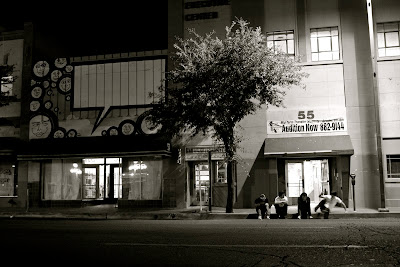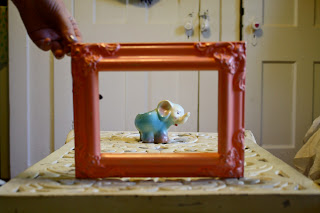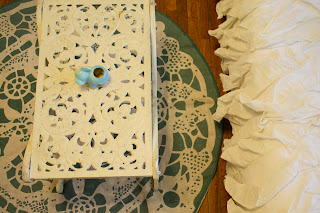For this project, I was inspired by Gered Mankowitz, one of the greatest rock ‘n roll photographers, in my opinion. I drew inspiration from the concept of photographing musicians, specifically his work with The Rolling Stones, and also from the composition of his photographs. I enjoyed that his photographs were mostly in black and white and had imperfections. For example, some of his photos are blurry around the edges, overexposed, and sometimes the main subject of the photo is partially blocked or obscured. His photographs are raw and show the subjects in their true form.
My series of photographs strives to show the relationship between musicians and the bond between musician and music. I chose to explore these ideas because I feel the union between music and musician evokes powerful and beautiful images. My goal was to capture the passion a musician feels when creating and performing music so that it can be projected onto others. I focused not on taking compositionally perfect photographs, but using the imperfections to convey movement and fervor. I wanted the photos to show the musicians in their element, actually doing what they do, so the viewer can feel close to the subjects.
--Sydney McGovern
This images conveys the partnership between musicians. It shows a process of music-making. The emptiness of the room shows that all a musician needs to create music is their instrument.
The blurriness of the hand in this image shows the movement of the musician and that the musician is actually creating music. Because the musician's face is not in the picture, it draws the attention to the piano and the music that is being made.
The lighting in this photo intensifies the scene by highlighting the musician's gaze at the microphone. The musician's gaze emphasizes the relationship that they have. By taking the photo at a slightly upward angle, it makes the moment feel very grand and important, as it probably was for the musician.
This image captures the passion of the musicians. Because their eyes are closed, it shows their concentration. I purposefully made sure the people in the audience would be in the photo to show that the musicians are not just making music for themselves, but for others as well.
This image also shows the passion and fervor of a musician. Although there are other subjects in the image, the stare of the one musician in particular captures the viewer's entire attention. I felt the blurriness of the image sort of coincided with what the musician may be thinking or feeling.
The vastness of the surroundings in this image directs the attention to the four people. The light from above also draws the eye toward the subjects. I wanted this photo to emphasize the relationship between the musicians and convey the fact that they have a bond with each other that no one else can have, due to their making music together.


























